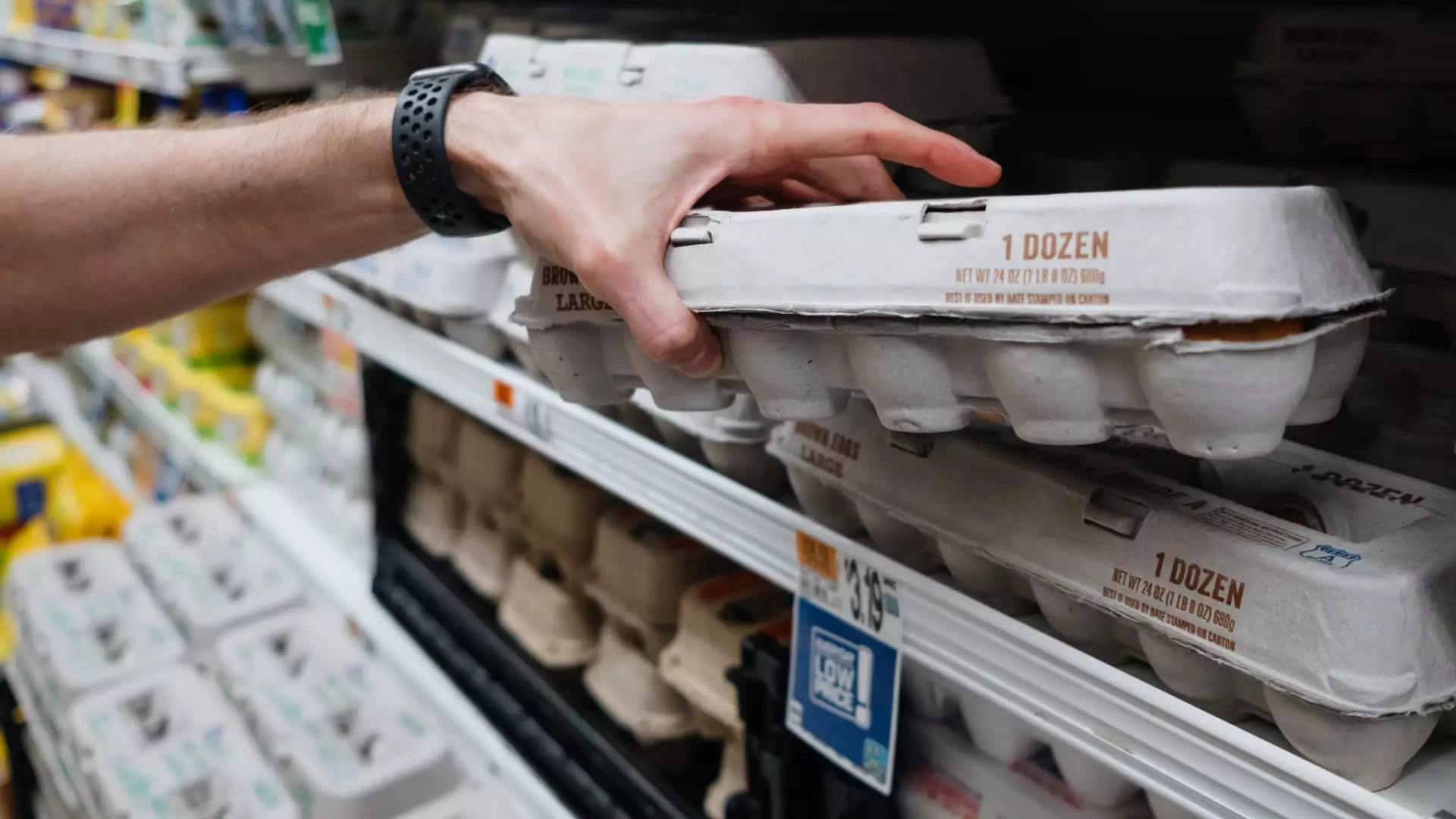August displayed a promising decline in inflationary pressures in the United States, suggesting that the rampant price increases that characterized the pandemic years are starting to recede. According to the U.S. Department of Labor, the Consumer Price Index (CPI)—a key indicator that tracks the rate of inflation—rose by 2.5% year-over-year in August. This marks a decline from 2.9% in July and represents the lowest inflation reading since February 2021. This trend indicates that the efforts to stabilize the economy and combat inflation are beginning to yield results.
Economists, such as Sarah House of Wells Fargo Economics, express cautious optimism, stating that “overall inflationary pressures are dissipating.” However, concerns persist regarding specific sectors, particularly housing, which continues to be a perplexing factor in the inflation equation. While prices for everyday necessities—including groceries and gasoline—are beginning to level out, the persistent inflation around housing costs complicates the overall economic landscape.
The latest inflation readings are a stark contrast to the record-high rates experienced during the pandemic, when inflation peaked at 9.1% in mid-2022—the highest level since 1981. With current rates edging closer to the Federal Reserve’s target inflation goal of around 2%, there is a palpable shift among policymakers from managing inflation to preventing potential recessionary impacts.
The Federal Reserve is expected to implement a 0.25% cut to interest rates during its upcoming policy meeting, as it adjusts its focus from inflation control to economic growth in light of a cooling job market. This adjustment underscores the complexity of navigating economic recovery while still ensuring that inflation does not rear its head once more.
The challenges in housing inflation represent a significant hurdle for achieving a stable economic environment. As the largest component of the CPI, housing costs exert a substantial influence on inflation metrics. In August 2023, the shelter index registered a 5.2% rise, contributing notably to the “core” CPI, which excludes the volatile food and energy categories.
Economists have pointed out that the manner in which the government compiles housing data often leads to a lag, creating an illusion that inflation within this sector is rising more rapidly than it truly is. While real-time rent markets reflect minimal inflation over the past two years, the CPI’s shelter index continues to showcase persistent increases. In fact, the shelter CPI increased on a monthly basis for three consecutive months leading into August—a trend that House describes as “puzzling,” yet she remains hopeful that a deceleration will eventually occur.
Other categories within the CPI reflect inflationary trends as well. Key areas such as motor vehicle insurance and medical care have experienced notable price increases—16.5% and 3%, respectively—suggesting that while many staple goods are stabilizing, ancillary costs are creating dual pressures on consumers. The current economic environment is further complicated by a previous surge in vehicle prices, which has led to increased costs for insurance and repair services.
Despite these inflationary pressures, the overall landscape is not entirely bleak. Grocery prices, following a period of unprecedented rises, exhibited a rate of less than 1% inflation in August—a significant drop from 11.4% in 2022, marking the most substantial increase since 1979. The energy sector also reflects this stabilization, as gasoline prices have decreased by approximately 10% year-over-year.
As the U.S. economy grapples with the aftereffects of the pandemic, the recent slowdown in inflationary pressures offers a glimmer of hope. While the path to stable prices will likely be fraught with ups and downs, economists believe that the Federal Reserve’s anticipated policy adjustments could bolster economic growth while simultaneously managing inflation expectations. Ultimately, the ongoing analysis of various sectors will be critical in ensuring that the U.S. does not fall back into the pattern of rampant inflation experienced in the recent past. The interplay between consumer demand, supply challenges, and policy interventions will continue to shape the economic narrative in the months to come.

